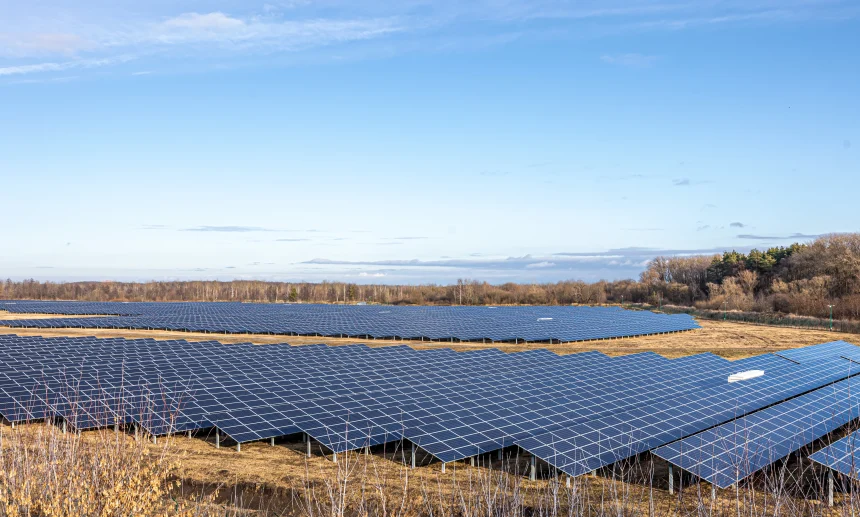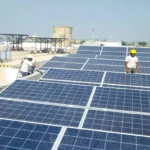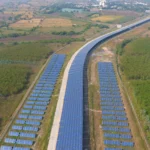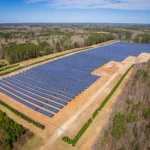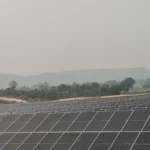The global clean energy infrastructure market, valued at $0.7 trillion in 2023, is projected to more than double to $1.8 trillion by 2033, growing at a compound annual growth rate (CAGR) of 9.2% between 2024 and 2033, according to a recent report by Allied Market Research. The surge reflects the accelerating global shift from traditional energy systems to sustainable, low-emission infrastructure across industries, cities, and homes.
Asia-Pacific to Lead Growth
The Asia-Pacific region is expected to register the fastest CAGR of 10%, driven by rapid urbanization, economic expansion, and population growth in nations such as China, India, Japan, and Australia. Large-scale investments in solar mega-parks, offshore wind farms, and battery storage facilities are fueling regional momentum.
Europe remains a mature yet lucrative market, propelled by EU decarbonization mandates and green financing initiatives, while North America benefits from substantial federal climate investment programs and the rapid expansion of the electric vehicle (EV) ecosystem.
Defining Clean Energy Infrastructure
Clean energy infrastructure comprises physical and technological systems for generating, storing, transmitting, and managing energy while minimizing environmental impact. Key components include:
-
Renewable generation assets – solar farms, wind turbines, hydropower plants, biomass facilities.
-
Energy storage – large-scale battery systems.
-
Smart grids – integrating AI-based energy management.
-
EV charging networks – supporting the electrification of transport.
-
Energy-efficient buildings – equipped with smart lighting, advanced HVAC systems, and rooftop solar.
The overarching aim is a cleaner, smarter, and more resilient energy ecosystem that aligns with global climate commitments, including the Paris Agreement target to keep global warming below 2°C.
Market Drivers
-
Government Incentives – Subsidies, tax credits, and renewable mandates are lowering adoption barriers and attracting private investment.
-
Transportation Electrification – Rising EV demand is driving the need for renewable-powered charging infrastructure and integrated vehicle-grid solutions.
-
Distributed Energy & Microgrids – Localized power generation is proving vital in off-grid, disaster-prone, and rural areas.
Challenges
Despite long-term benefits, high upfront investment costs remain a barrier, particularly in developing economies. Capital-intensive requirements for solar, wind, and storage projects can slow adoption. However, falling technology costs—notably in solar PV panels and lithium-ion batteries—are expected to ease this challenge.
Segmental Insights
-
Power Generation Facilities – Fastest-growing segment, fueled by global transitions from fossil fuels to renewable hubs integrated with AI-driven systems.
-
Commercial Sector – Expected to post the highest CAGR of 9.6% due to widespread adoption of rooftop solar, smart lighting, and energy-efficient systems to meet ESG and cost-reduction goals.
-
Industrial Sector – Currently the largest revenue contributor, accounting for over half of 2023’s market value, with major investments in green hydrogen and clean-powered manufacturing.
Competitive Landscape
Key players shaping the market include:
NextEra Energy, Enel Spa, Iberdrola, Canadian Solar, First Solar, SunPower Corporation, ACCIONA ENERGÍA, Suzlon Energy, Adani Group, and Tata Power.
These companies are spearheading solar and wind project deployment, smart grid integration, and clean transport infrastructure, often in collaboration with public-sector agencies.


